Activities & Events
Traditional Chinese Medicine is the unique rare culture of China rooted in the main culture of Chinese nationality, and it’s the complete system of alternative medicine in the world with unique theory and excellent clinical curative effects. This course begins with the explanation of Chinese myths such as “Pan Gu separated heaven and earth” and “Shen Nong tasted hundreds of grasses”, basic concept of TCM such as Yin-yang, basic skill of TCM such as tongue diagnosis, acupuncture and moxibustion, manipulation and so on. This course not only provides theoretical knowledge of Chinese medicine, but also practical activities such as visiting museums, hospitals, herbal garden and Yi Jin Jing exercise, which vividly and intuitively spread the cultural knowledge of Chinese traditional medicine to students.


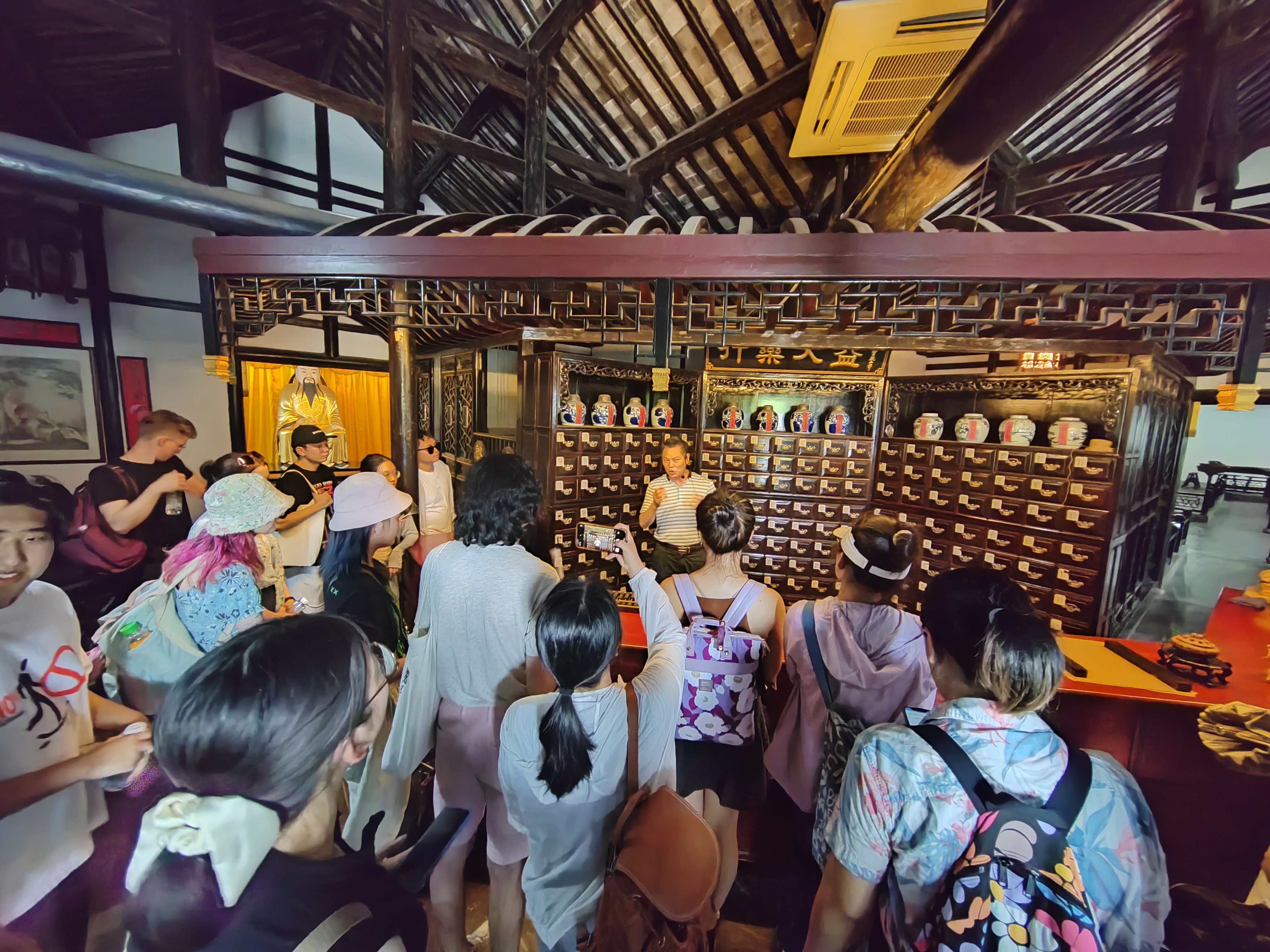
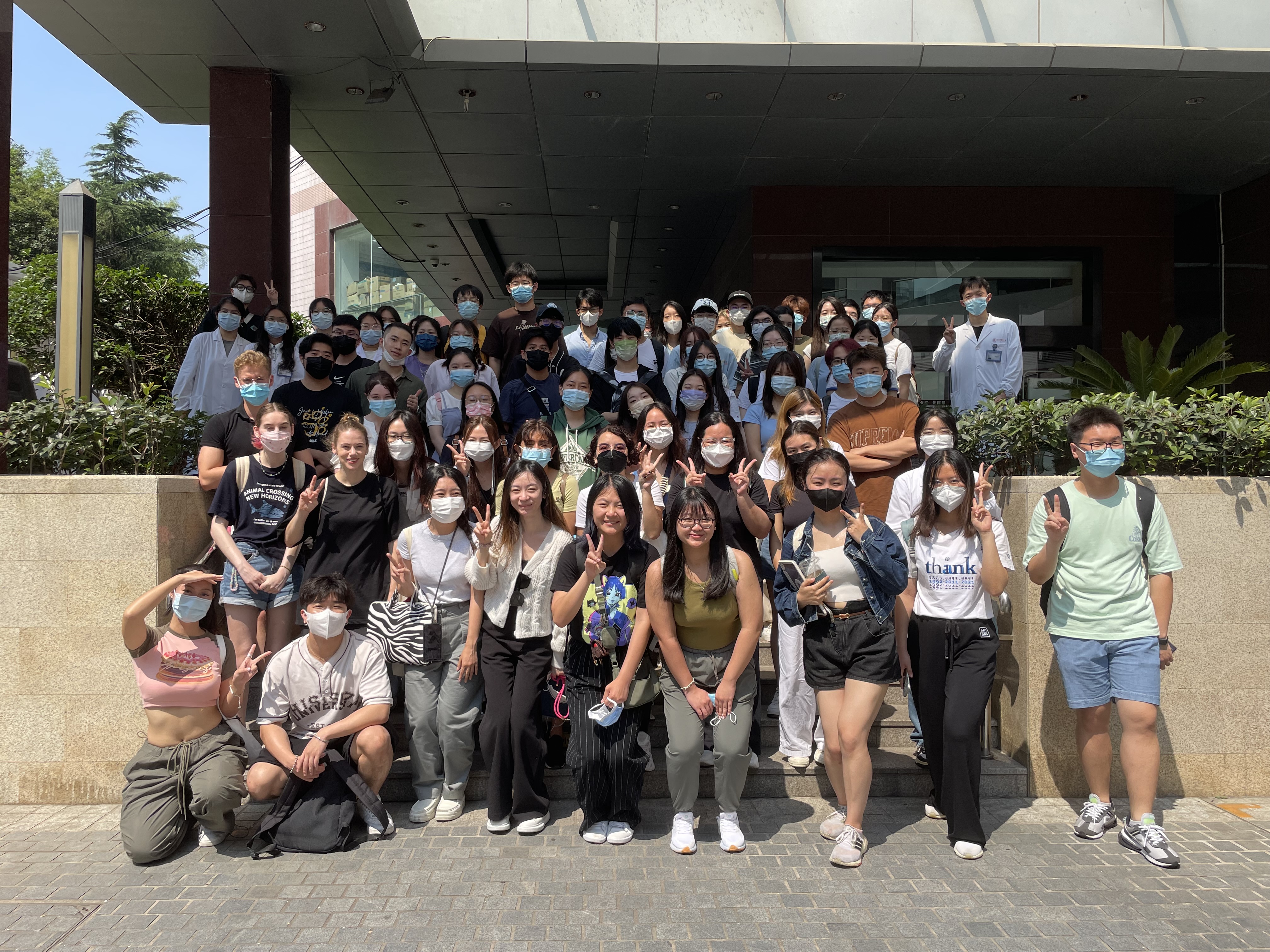



City culture is a unique attraction for the visitors to get special experience and education. This course examines cities rich in cultural heritages and develops a theoretical framework to understand the development of city culture for city destinations. Through field trips to the main cultural attractions in a city, students are required to analyze the development plans and marketing strategies for these destinations.
In Culture Resources of Cities in China class, students were asked to describe the characteristics of the structure of ancient Chinese architecture, and use Hofstede's cultural dimensions to understand culture difference. Professor Shen Han guided the students to draw ancient Chinese architecture in the class, including the Painting Decoration and the different types of roofs. It's an excellent opportunity for students to gain more knowledge and understanding about Chinese history and culture. It helped break the cultural stereotypes and deepen the understanding of China.

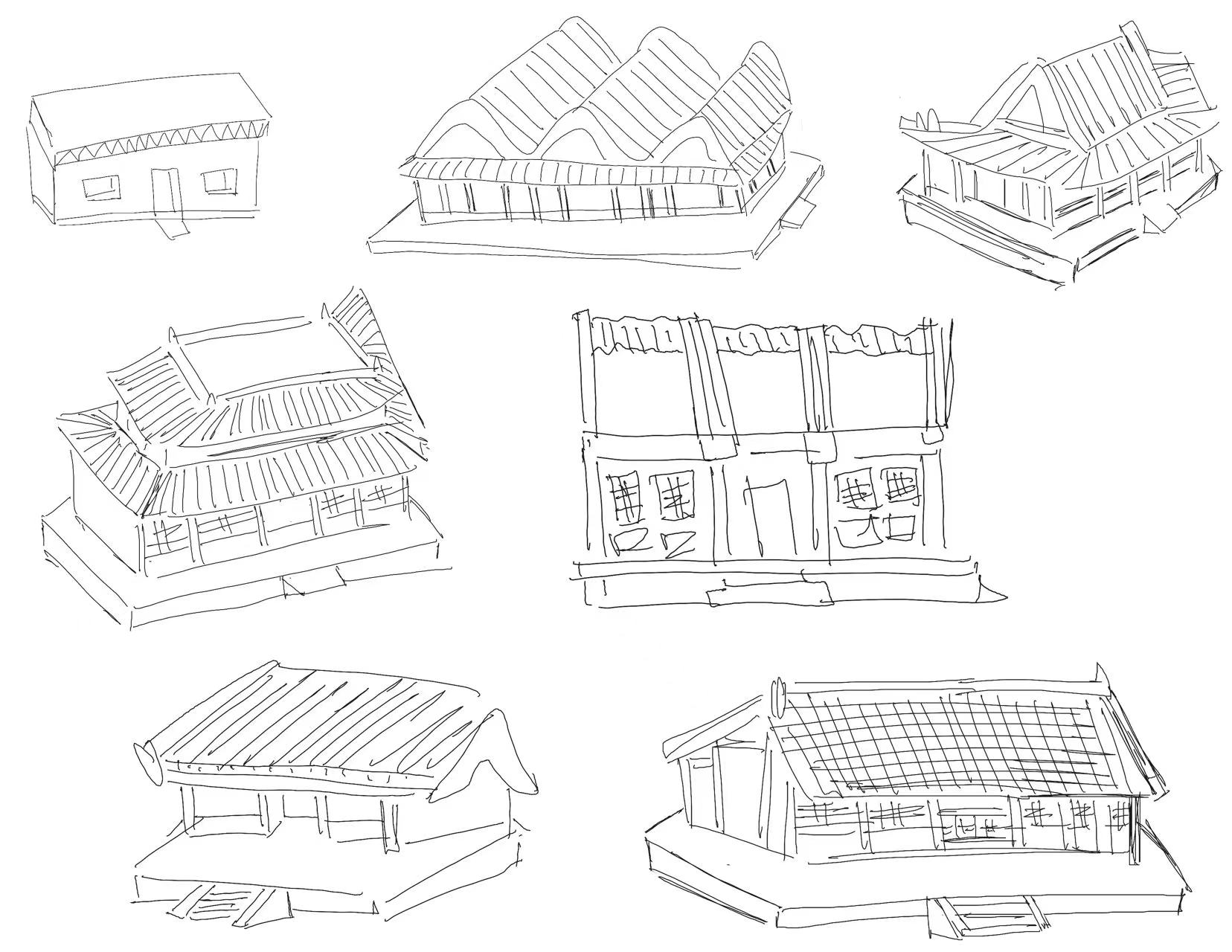

The students were taken to a renovated area where they were able to see how the urban areas transferred to new function while old architecture styles are kept.
Peninsula Bay in Shanghai is a fashion and cultural innovation industry park which used to be the old Shanghai Cink Experimental Factory. The main architecture is Harbin Building, an American style building built in 1929. Before 1942 it had gradually become a gathering place for Japanese people and refugee settlement for Jewish people.

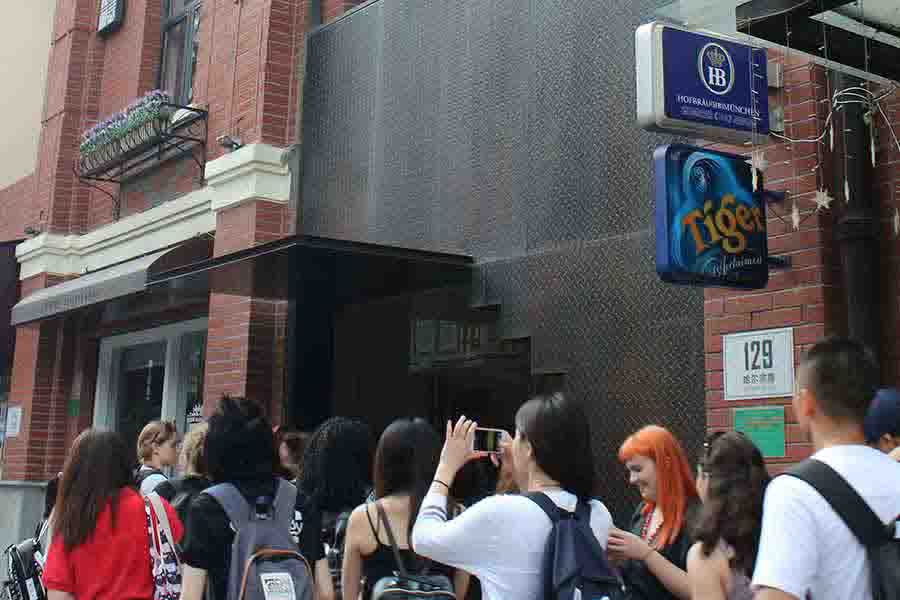

The students had the chance to pay a visit to the offices and had a group discussion with the Social Media Manager of the Sixth Tone.
There are five tones in Mandarin Chinese. When it comes to coverage of China, Sixth Tone believes there is room for other voices that go beyond buzzwords and headlines to tell the uncommon stories of common people.
Through fresh takes on trending topics, in-depth features, and illuminating contributions, Sixth Tone covers issues from the perspectives of those most intimately involved to highlight the nuances and complexities of today’s China.
It is a team of writers, editors, and researchers from within China and abroad that belongs to the state-funded Shanghai United Media Group, and share the office with sister publication, The Paper, one of the most influential online media in China.



Yangshan Deep-Water Port is a deep water port for container ships in Hangzhou Bay south of Shanghai. Connected to Shanghai's Pudong New Area by the Donghai Bridge and forming part of the Port of Shanghai, the islands of Greater and Lesser Yangshan are administered separately as part of Zhejiang's Shengsi County.
Built to allow the Port of Shanghai to grow despite shallow waters near the shore, it allows berths with depths of up to 15 metres (49 ft) to be built, and can handle today's largest container ships. The port is built on the islands of Greater and Lesser Yangshan, part of the Zhoushan archipelago, with fill from land reclamation.
In 2015, the port handled 36.54 million TEU up 3.5% over 2014. In 2013 the volume was 33.6 million TEU. In mid-2011, port officials said the port was on track to move 12.3 million TEUs during the year, up from 10.1 million TEUs in 2010.

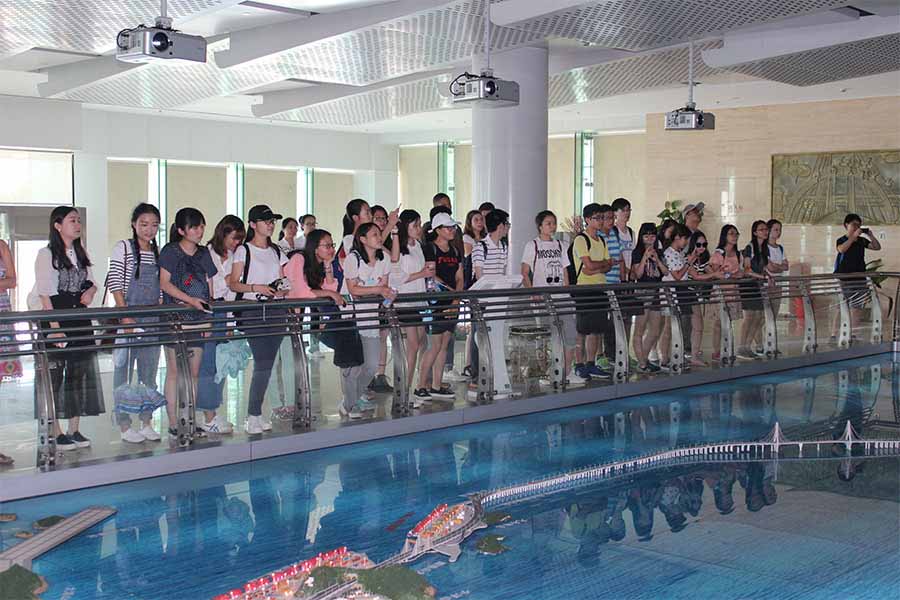

The professor moved his class to a loft of an old house at Tian Zi Fang, where he told the stories of the Shanghai city of old times.
Tianzifang is largely hidden from the neighbouring streets, as it grew from the inside of the block outward. Known for small craft stores, coffee shops, trendy art studios and narrow alleys, it has become a popular tourist destination in Shanghai, and an example of preservation of local Shikumen architecture.


